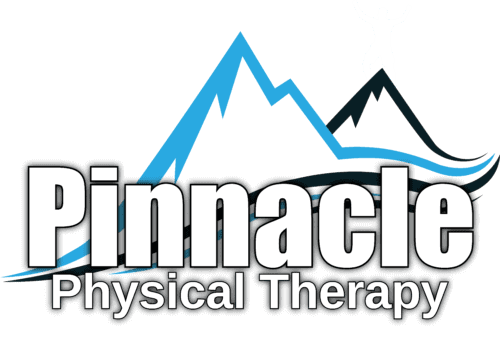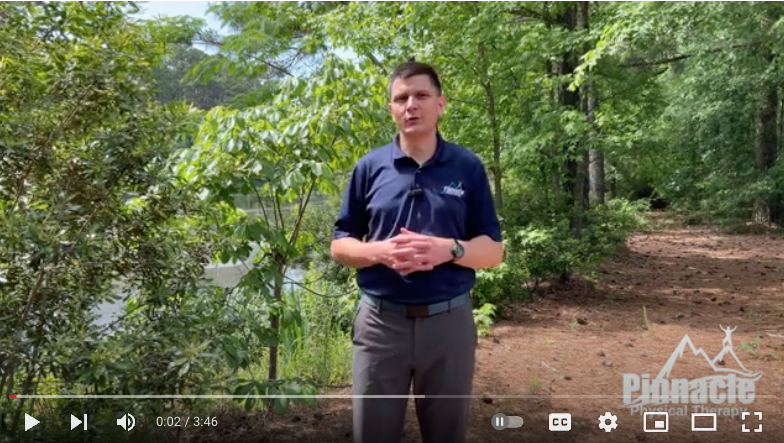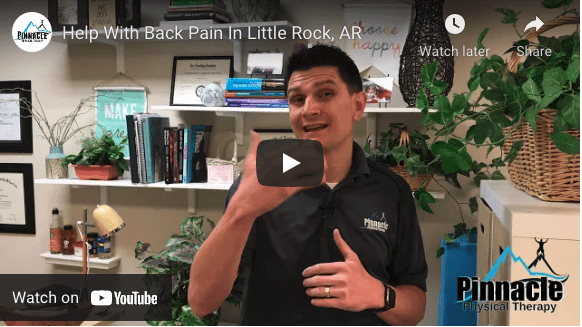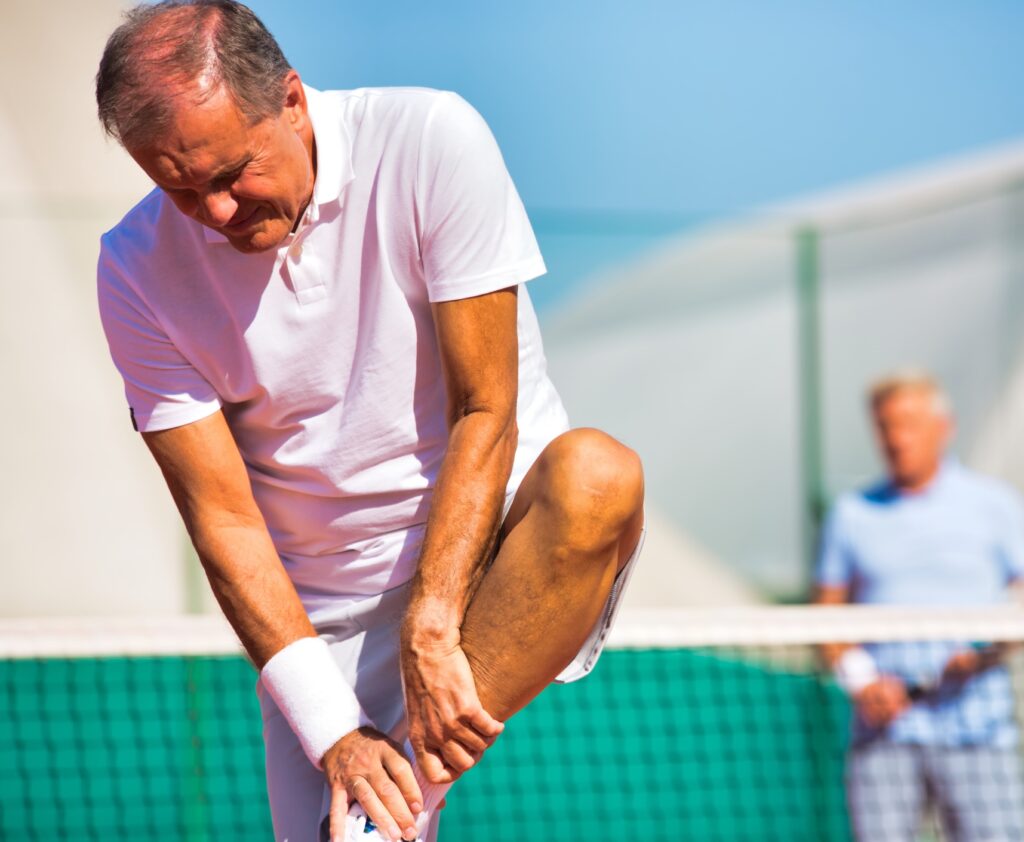Your guide to smart recovery, injury prevention, and the care your body really needs.
Pain-Free Doesn’t Always Mean Problem-Free
Pickleball players, runners, and weekend warriors—this one’s for you.
You sprain your ankle on the pickleball court. It swells, it hurts, you ice it. A few days later, the pain fades, and you’re walking just fine. You figure, “Great—I’m healed!”
But here’s the truth: Pain-free doesn’t always mean injury-free.
At Pinnacle Physical Therapy, we see this story all the time. Patients come in after an injury, start to feel better, and then… they stop treatment. Why? Because the pain is gone. Unfortunately, that’s often the moment real recovery should begin.
Pain Relief is Just One Part of Healing
Pain is your body’s emergency signal—but it’s not a complete health report.
After an ankle sprain, for instance, you might stop limping in a week. But beneath the surface, ligaments are still healing, muscles are compensating, and your balance might be way off. Ignoring this can lead to instability and future injury, not just in your ankle, but in your knees, hips, and lower back.
According to the American Academy of Orthopaedic Surgeons, recurrent sprains are among the most common consequences of incomplete rehabilitation following an ankle injury and the leading cause of chronic ankle instability.
Pickleball’s Popularity Comes with a Price
Pickleball is exploding in popularity—and so are injuries.
Quick pivots, short sprints, and lateral movements make it especially tough on your ankles, knees, and shoulders. Combine that with weekend warriors jumping in without proper warm-ups or conditioning, and you’ve got a recipe for strains, sprains, and recurring pain.
Most commonly, we see:
- Ankle sprains from sudden stops or awkward landings
- Patellar tendinitis from repetitive squats and lunges
- Shoulder strains from overhead serves and smashes
All of these can feel “fine” after a few days of rest. But that’s deceptive, especially if the underlying issue wasn’t addressed.
What Full Recovery Really Looks Like
At Pinnacle Physical Therapy, we go beyond “you’re not limping anymore.”
Our goal is true pre-injury function:
- Stability in the affected joint
- Strength symmetry (left vs. right side)
- Pain-free range of motion
- Neuromuscular control to help prevent re-injury
That means we don’t just stop when you say, “Hey, it doesn’t hurt anymore.” We keep going until your body is better than before.
What Makes Pinnacle Different?
We specialize in personalized rehab that blends advanced techniques with real-life performance goals. Whether you’re a first-time pickleballer or playing tournaments every weekend, we tailor your recovery to meet your activity level.
At Pinnacle, we tailor your treatment using a variety of proven methods designed to accelerate healing and prevent reinjury. For pickleball-related pain, we often incorporate massage therapy to relieve tension and repair soft tissue, alongside manual therapy to restore mobility and break up scar tissue. Dry needling helps release muscle spasms and deactivate trigger points, while Class 4 laser therapy speeds up healing and reduces inflammation. To safely rebuild strength without overloading the joints, we also use Blood Flow Restriction (BFR) training—an advanced method especially helpful during early recovery phases.
Services we often use for pickleball injuries:
- Massage Therapy: for tension relief and tissue repair
- Manual Therapy: to restore mobility and reduce scar tissue
- Dry Needling: to ease muscle spasms and trigger points
- Class 4 Laser Therapy: for fast-tracked healing and pain relief
- Blood Flow Restriction (BFR): to rebuild strength with less joint stress
Finish Strong. Stay Strong.
If you’ve recently had a sports injury, especially from pickleball, don’t wait for the next one to happen. Come in for a $49 discovery visit and let us evaluate your recovery. We’ll make sure you’re truly back at 100%—not just pain-free, but fully prepared to play again.
Need Help Now? Call us at (501) 529-2010 or book online now. Your body deserves more than “good enough.” Let’s make sure you’re strong, stable, and ready for your next match.



